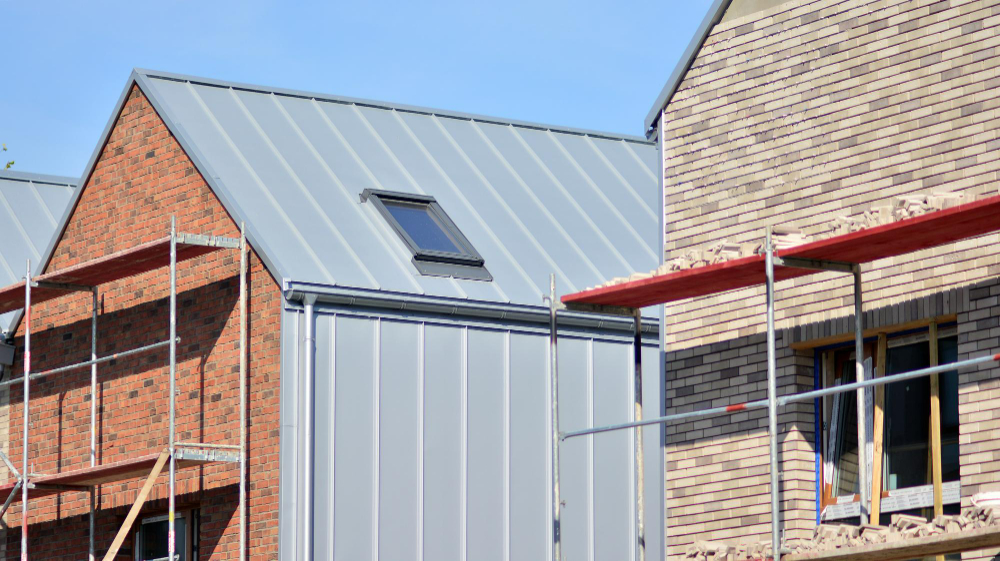Is It a Good Idea to Build Into Your Airspace?

Building into your airspace can be a smart way to add value to a property, especially in urban areas where space is limited. This means constructing additional floors or rooftop extensions. However, there are both benefits and challenges to consider, along with legal changes in the UK that came into effect in August 2020.
Pros of Building Into Airspace
One major advantage is the potential for increased property value. Adding extra floors or extensions can create new living spaces, which can then be rented or sold for profit. According to real estate experts, airspace developments can increase a building’s value by up to 20%.
Another benefit is that airspace development allows for more housing in crowded cities. With limited land available, building upwards provides a way to meet housing demand without using more ground space. This can be particularly useful in places like London, where property prices are high and space is scarce.
Since August 2020, new laws in England allow certain buildings to be extended upwards without full planning permission. This change makes it easier and faster to add new floors, especially for purpose-built blocks of flats. This can reduce delays and costs associated with traditional planning applications.
The Cons of Building Into Airspace
Despite the benefits, airspace development comes with risks. Structural issues can arise, as not all buildings are strong enough to support additional floors. A structural survey is essential before starting any project to ensure the building can handle the extra weight.
Neighbour objections are another challenge. Adding floors can impact the privacy, light, and views of surrounding properties. Even though planning laws have been relaxed, local councils and residents may still raise concerns, leading to potential disputes.
Construction costs can also be high. While airspace development can add value, the initial investment can be significant. Developers must consider materials, labour, and potential disruptions to existing tenants or businesses in the building.
Conclusion
Building into your airspace can be a great opportunity to increase property value and create more housing, especially in crowded urban areas. The legal changes introduced in August 2020 have made the process easier, but challenges remain. Landlords and developers must carefully assess the structural integrity of their building, consider neighbour concerns, and budget for potential costs. With the right planning and investment, airspace development can be a worthwhile project.
Image: Freepik






